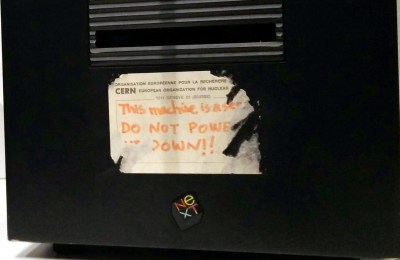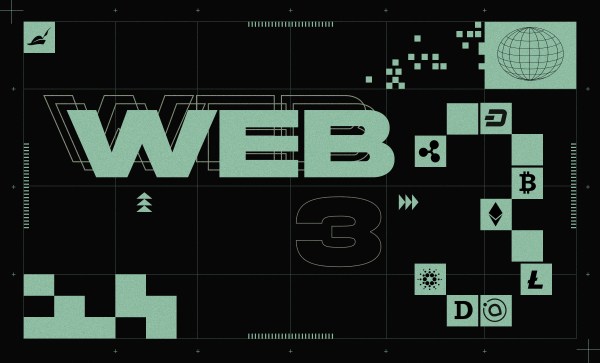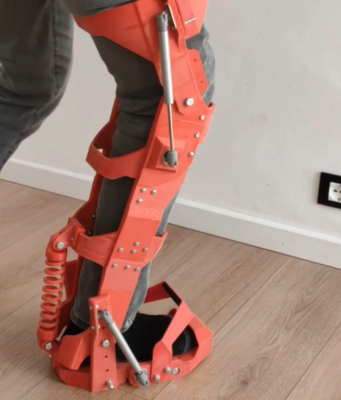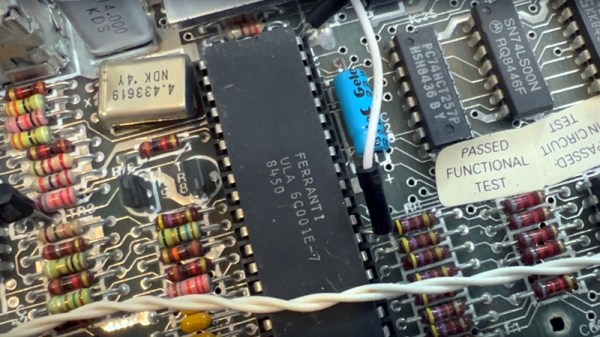The buzzword of the moment in the frothier portions of the technology press is inescapable: “Web 3”. This is a collective word for a new generation of decentralised online applications using blockchain technologies, and it follows on from a similar excitement in the mid-2000s surrounding so-called “Web 2” websites that broke away from the static pages of the early Internet.
It’s very evident reading up on Web 3, that there is a huge quantity of hype involved in talking about this Next Big Thing. If this were April 1st it would be tempting to pen a lengthy piece sending up the coverage, but here in January that just won’t do. Instead it’s time to peer under the hype and attempt to discern what Web 3 really is from a technology standpoint. Sure, a Web 3 application uses blockchain technology, often reported breathlessly as “the Blockchain” as though there were only one, but how? What is the real technology beneath it all?
Where Did All This Web 3 Stuff Come From Anyway?

In its earliest days, the web could be found only in academia, from Tim Berners-Lee at CERN, and then from others such as the National Center For Supercomputing Applications at the University of Illinois. In the mid-1990s the vast majority of web sites were served by the NCSA’s HTTPD server software, which served as the basis for the later hugely popular Apache project. Sites from this era were later dubbed Web 1.0, and operated as static HTML pages which could be refreshed only by reloading a page.
The millennium brought us Web 2.0. This is generally taken to refer to a much slicker generation of sites that made use of user-generated content. Behind every such generational shift lies a fresh technology, and if it was the HTTP server for Web 1.0, it was the use of Javascript in the browser to refresh page content on the fly for Web 2.0. This was dubbed AJAX, for Asynchronous Javascript And XML, and though the data transfer is now much more likely to be JSON than XML it remains the way that today’s web sites blur the line between a web page and an app. Continue reading “Unpicking The Hype Around Web 3, What’s The Tech?”















